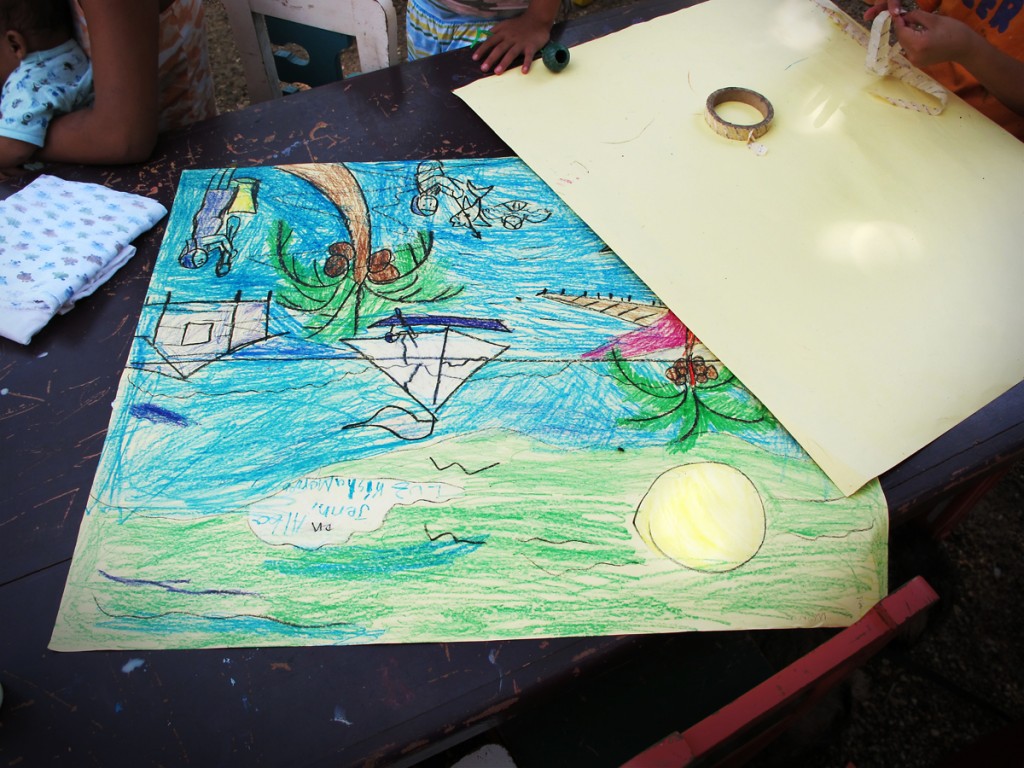
There are twenty of them, mostly girls. There are some boys in the group, but they are fewer in number and younger. All of them are painting on some big cardboards while their instructor, a young lad, cuts small pieces of tape he will use to stick children’s paintings on the school walls. When we ask why it is a man, so not a woman, who lead crafts workshops, the obvious answer comes naturally:
-They need to get used to male presence.
We are on the Caribbean coast, in the city of Bilwi, but almost all Nicaraguans know it by its Spanish name, Puerto Cabezas. As we can read in three languages, – Spanish, Miskito and Creole- , we are entering a shelter for women who are victims of violence, owned by the Nidia White Women’s Movement. That includes all kinds of violence, as the people in charge of it specify, but above all sexual violence and rapes. They tell us that among the 186 victims they have helped in 2013, only two dozen are adult women and 40 are teenagers. The other 122 are girls under 14. For those who haven’t yet connected the syllogism, we witness a revealing scene just in the same room where the girls are painting. One of them stands up, and goes into the main building to come back carrying a baby. Then, she breast-feeds him. Roughly estimating, she is no older than 13.
Nobody would say it, but she is a lucky girl. Nicaragua is one of the world’s five countries with a total ban on abortion, so many women die from non viable pregnancies, particularly if they are very young. Although we have no access to official data, we can reconstruct the information by our own means. Regarding to the number violations registered between 1998 and 2008, when the prohibition came into force, more than two-thirds of the victims were under 17 and half of them under 14. Until 2008, when the latest official information about this subject was provided, near 820 women per year asked Nicaraguan sanitary system for help suffering from dangerous embryonic and fetal malformations incompatible with life, and almost 630 suffered from ectopic and molar pregnancy, the two of them potentially fatal for the mother. Since them, all of them must continue the pregnancy and hope an spontaneous abortion save their lives. Any different conduct is penalized with prison.
That should not happen anywhere, but even less here. According to the last gender equality report of the World Economic Forum, Nicaragua is the tenth country in better promoting equality between men and women. It shares its top position with Nordic countries, Switzerland and New Zealand. Indeed, Nicaragua has developed an astonishing normative framework for gender equality, in which is included Law 779 against violence towards women, considered one of the most completes of the hole world. The country has also achieved great rates of women working in High Institutions, where they are over 50 percent of the workforce. With such a successful trajectory, Nicaragua’s Foreign Policy Minister, Samuel Santos, announced last September before the UN that his country had accomplished the third of Millennium Development Goals, which focuses on promoting gender equality and women’s empowerment.
Miskito’s Eden and some other statistical lies
He is not lying. He simply speaks using the large numbers language, which are not the best tool to accurately measure some kind of things. For example: On a map, Bilwi is 140 kilometers from the Miskito community of Wis Wis. That is not a great distance for us, because in Spain it would take us over two hours to cover it. Here, in Nicaragua, to make the same distance, people needs traveling six hours in an all-terrain vehicle through a ruinous trail, and two more hours in a “bató” all along the Coco River, the biggest in Central America. During the journey, that last two days because it is better to avoid traveling during the night, we have to promptly pay to the illegal squads who guard the crossing area, and almost invoke the NGO before other’s questions, because narcos don’t like tourists and foreign people.
We could easily locate it on a map, but that would not show the real and devastating isolation of Wis Wis, much more severe than anyone could describe. As a matter of fact, the way Miskito children looked at us at our arrival, with such expressions of curiosity, is a much more reliable unit than any number of kilometers. For many of them, it was the first time they meet white people.
Children are the first to arrive to the church, which is irremediably the first stop for anyone who visits the community. Women arrive too, little by little. Finally, some young and old men, including some of those who speak a little Spanish. The rest of the men are at the so-called Triángulo minero. They are absent because they work some days away from here, in a large mountainous jungle area located between the cities of Siuna, Bonanza and Rosita. There, they work during the gold season some months per year. It is also there, at the Triángulo, one of the most depressed and armed places in Nicaragua, where many of these men turn into drug addicts, get indebted to local mafia who force them to participate in the next gold seasons, and where they catch some infectious diseases they pass on in places like Wis Wis.
“HIV, hepatitis and tuberculosis are among the most common diseases in Miskito families”, tells us the man who will be our guide during our visit to Coco’s riverside. For security reasons, we will not reveal his name. In order to prevent diseases, his NGO, Acción Médica Cristiana, teaches sexual and reproductive education to Miskitos, and works hard to promote condom use, which has motivated critic reactions among some of his partners in faith. When asking him for his personal opinion, he tells us the nearest city, Waspam, is five, ten and fifteen days far from the majority of Miskito communities, spread all along the river. Too many days to go every three months to pick up retrovirals delivered by his NGO. Some of them choose not to continue with the treatment, and some others cannot afford wasting so much time to reach the city, because here time is much more valuable than money itself. He shrugs his shoulders and smiles at the children, now crowded together in front of the door. “If they could only see what we witness here, a great quantity of Christians could not be against the use of condoms”, he states.
Resistance is mostly ideological, but it is far from being abstract. According to our guide, it is usual, after having convinced Miskito men to be more careful in their sexual relations, to discover they have been threatened with going to hell by their faith ministries. This is why “women’s empowerment is crucial in containing the epidemic”. In this viscerally patriarchal culture, men decide what, where and when in sexual-related issues. However, thanks to the NGO’s and to development cooperation, a change has come to places like Wis Wis. “Now, when men come from the mine, some of their wives refuse to have sex with them if they have had relations with other women. Some of them even force men to use condoms”, he says. Some others begin to be aware of the importance of family planning services. “This has only been achieved through years of hard field work”.
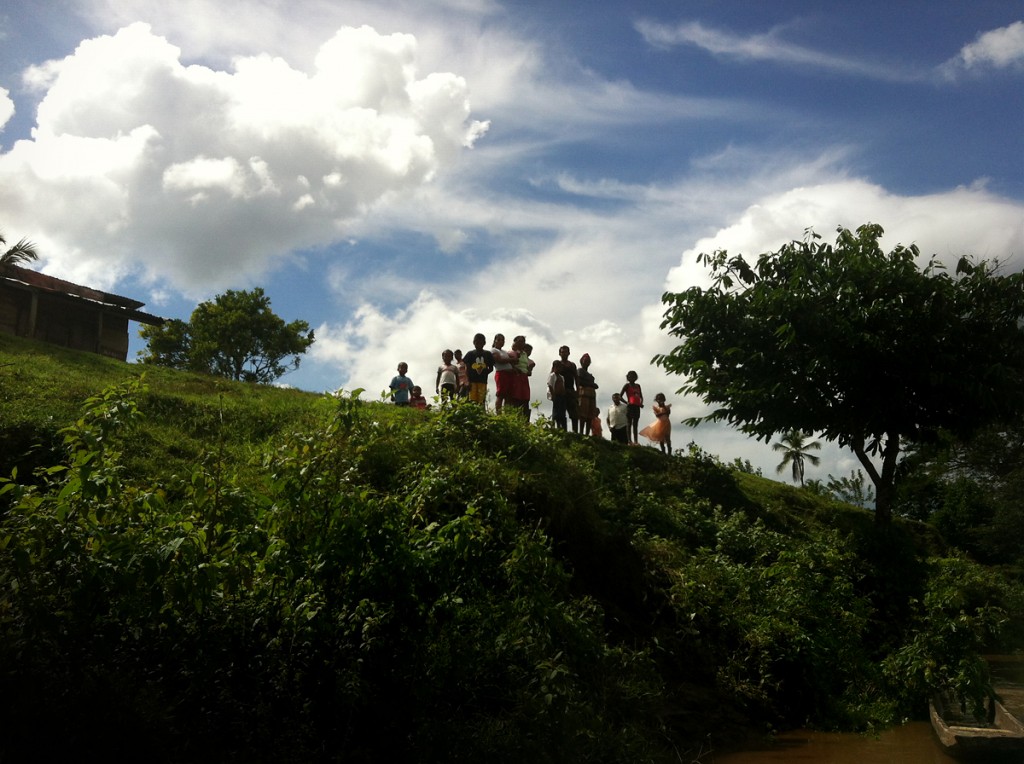
In 1641, an African slave ship wrecked on the shores of North Nicaragua, so part of the survivors mixed with the locals. The group of people resulting from this singular contact is what we call know the “Miskitos”, the largest indigenous population in the country, which along with the “Mayangna” and some other communities, represent 10 percent of the country’s population and occupy more than 56 percent of Nicaragua’s land area. Since the arrival of Morava missions, by the middle of the nineteenth century, Miskitos are deeply Christian, but they still preserve a rich Animistic mythology that we can easily trace by hearing their explanations about weird phenomenon, such as children disappearances. Miskitos believe they are taken away by river mermaids, the Liuamairi. They alson believe in Sisimiki, an errant giant who crosses the jungle going backwards because his feet are upside down. But the truth is that what really crosses the jungle of Central American Isthmus is the drug corridor, which sows the land with illegal runways. It is known that what crosses the border with Honduras -only a few kilometers from here, on the riverside- has few possibilities of coming back. Indeed, Nicaragua is a hotspot for human trafficking in contexts of sexual and labor exploitation.
Nonetheless, what prevails here is the supernatural explanation, like the one given to the Grisi Siknis, or “jungle madness”, a quite revealing term. They are episodes of mass hysteria induced by an assumed demonic possession that affect entire groups of people, frequently young women. Sometimes a whole community can develop the symptoms. Although scientific investigations have not found an explanation for these facts yet, it is proved that outbreaks often appear after famines resulting from natural disasters. The last documented biggest episodes happened after hurricane Felix, in 2007, and continued until 2009 especially in some areas of the East and at the shores of the country. Prior to that, there have been registered this kind of episodes in 2005 after hurricane Beta, and especially in 1998, due to the devastating hurricane Mitch.
Cristian, socialist and in solidarity
Famine is not unfamiliar for Nicaraguans, even if their government ignores it while exhibiting the achievements of the country in the international marble meeting-rooms. The UN itself has recognized that Nicaragua has accomplished the first of the Millennium Goals, which is to halve the number of people suffering from hunger. Indeed, after having cleaned-up the macroeconomic indicators, Nicaragua shows an impeccable look, that is only believed by those who don’t know the real situation. In 2010, Nicaragua officially entered the group of “middle-income countries”, backed by the World Bank and, in September 2013 Przemek Gajdeczka, the emissary of the International Monetary Fund (IMF) sent to check the country’s economical situation, confirmed Nicaragua did not need any more permanent financial assistance, so special programs carried out by the IMF were ended. The estimated growth in 2013 is near 5%, the country has doubled the 2006 exports, and has nearly tripled foreign direct investment, which is expected to be around 10 million dollars in the next five years. Gajdeczka also congratulated the government on their fiscal discipline and the financial stabilization of the country. In his words, Nicaragua has “graduated” from IMF programs in terms of economic development. And he was serious while stating it.
Despite of these words, Managuan children still beg for Cordobas (Nicaraguan money) at the traffic lights, juggling before drivers, and shanty towns pour like magma, like huge heavy black oceans moving forward between Xolotlán lake and volcanic craters that peck at the city. Nicaraguan’s great financial figures disappear at ground level, in the same way that relativity applied to subatomic magnitudes does. Persuaded by these figures, some of those who only understand the “big language” have already withdrawn their support programs from country; among others: the IMF, some NGOs and embassies well-known for their interest in cooperation like Sweden, Finland, Austria or United Kingdom. Those who stand denounce that the small print of Nicaraguan progress hasn’t changed. The population of the Republic is about six million people, and almost half of it lives in poverty. It is the second poorest country of Latin America, and the one with the lowest per capita income of the entire continent, according to United Nations Development Program. The average wage is two and a half dollars per day, but it is estimated than over half a million of Nicaraguans survives with less than a dollar per day. That is 0, 73 euro a day.
Venezuelan money, which got torrentially into Nicaragua during Chávez government, has also stopped flowing despite the symbolic efforts from Nicaraguan government. The most important of them is a huge bust of Hugo Chávez placed at Bolívar Avenue, in the very center of the capital city. Near it, we find a monument dedicated to the “Próceres del Alba”, consisting in some enormous concrete columns lifted at with the same height as Chavez’s and crowned with the effigies of revolutionary heroes like Simón Bolívar, José Martí, Ernesto Che Guevara, Camilo Cienfuegos and Fidel Castro. Salvador Allende has been also lifted to the heights at the end of the same avenue, this time represented in a huge banner placed in the harbor with his name written on it. But that has nothing to do with a real harbor. In fact, it is an indoor space – “the only safe place for tourists in all Nicaragua”, in words of our taxi driver- conceived to let cheles relaxed, the word used to design white people. To get into this Sandinista ideological resort and enjoy the lake views, one must pay a ritual price: to pass below both the Republican and the Sandinista National Liberation Front’s (SNLF) flags. They have equal size and both are hung at the same height.

In today’s Nicaragua, Parliament means Government, Government means President and President means Daniel Ortega. The Comandante Presidente was part of the Front during the revolution that overthrown Somoza family – a family of dictators controlling the government since 1934 under the guardianship of the United States-, and became the President of the nation in the early years of democracy, from 1985 to 1990. After a long interlude, marked by liberal governments, the SNLF regained political power with Ortega in 2006 and 2011 general elections, even if a third presidential term was not allowed by the Constitution. This action was nevertheless backed up by the Nation’s Supreme Court of Justice, and in order to put an end to the controversial about its constitutionality, the president has recently passed a brand-new -and highly-debated constitutional reform. Among the new measures, the indefinite reelection of the President is now allowed, militaries can now integrate the highest positions of the government, and Nicaragua is defined as a Republic officially “Christian, socialist and in solidarity”.
María Teresa Blandón, from the feminist organization “La Corriente”, does not clear up the question about how to define “Orteguism” because, she says, there is not much to clarify. “Plundering ideologies is his way of political survival”, she explains. Today’s Front is very different from the one that once drove the Revolution and introduced Democracy in Nicaragua. During the 16 years of liberal governments, headed by Violeta Chamorro, Arnoldo Alemán and Enrique Bolaños, Ortega sunk the party into an ideological purification, partly responsible of weakening the party. Many revolutionaries that had accompanied the President in his first mandate, including the then vice-president Sergio Ramírez Mercado and other illustrious members of the party such as the songwriter Carlos Mejía Godoy or the writer Gioconda Belli, have joined the Sandinista Renovation Movement, a split within the Front. This Movement, however, hasn’t yet reached the democratic support the Front has obtained since its’ ultra christian reconversion. And it never will because in words of Blandón “Nicaragua is not a country with lay vocation”. She adds, “the Front has naturalized its sui generis way of doing politics”.
As an example of these new ways, we find the purísimas, an endless succession of virgins spread out all along the Bolívar Avenue between 28 November and 8 December. “ENATREL and the Virgin Mary, together electrifying Nicaragua”, says the one set up by the Empresa Nacional de Transmisión Eléctrica (in charge of electricity transmission networks). A Virgin’s icon dominates a huge model representing a village criss-crossed with posts, wires and generators. Each Purísima has been set up by a State Institution and represents a different scene. In addition, at each one of them a little food bag is given to those who manage to withstand the long lines, what seen from the distance could appear as a result of devotion.
Another example are virtual stadiums, consisting in open-air projections of European football matches. Free buses to Managua are chartered by the government. One more: the declaration of “perpetual Christmas” in the capital city between 2008 and 2012, a period when Christmas trees were not removed from the streets in order to relieve spiritually the inhabitants of the city. To finish with the examples, the so-called “Trees of life”, 22 meters tall metallic sculptures that have substituted some months ago the Christmas trees located in the biggest roundabouts of Managua. According to the First Lady -compañera Rosario Murillo– they “promote and protect our lives in Nicaragua”. It does not escape to anyone that these trees, clearly inspired by those painted by Klimt, were placed during the Front’s anti-abortion offensive prior to the constitutional reform. And nobody doubts that the idea came from the First Lady, butthis remains kind of a legend.
Everything surrounding “la Chayo”, as she is known, is becoming a legend. Like the one that tells the President deals with Foreign Policy while she deals with Internal Policy, even if her only known official position is Coordinator of the Council of Communication and Citizenship. Another legend tells that she did not help her daughter Zoila América Narváez when she reported her step-father, President Ortega, for sexual abuse. With such an atypical attitude, she resolved a political crisis that threatened Government’s continuity, while getting a great part of her actual absolute powers in the Front. What is indisputable is that she has an ubiquitous presence in the media. As a matter of fact, Managua is papered by posters showing the presidential couple even if we are not in campaign period. Furthermore, most of the Nicaraguans do not question the legitimacy of her power. In our way to the free zone, located in the suburbs of Managua, our Sandinista driver let us understand why. When we subtly expound nobody has voted for her, he explains it could be possible, but anyways “she is quite revolutionary”.
The women’s country
At our arrival, we are kindly received by the spokeswoman of the National Corporation of the Free Zone -a public enterprise-, who says she is glad to see us because she has nothing to hide. She will be also our guide during our visit of one of the factories, where some 1500 people sew sportswear for a Taiwan intermediary enterprise. They benefit from the rights guaranteed by the Nicaraguan labor regulation, she says, but we know that is not true. Before coming, we have talked with some women who work in the polygon. To see us, they have had to pretend a ineludible visit to the doctor. With them, we have learned about their wages, under 500 dollars per month, about lack of respect for working hours, and about metas – goals-, a minimum number of manufactured items established by their boss for each of them. The quantity is often raised up to discipline women. Exemplary dismissal and black lists are also usual too; that is the reason why we will not publish their names.
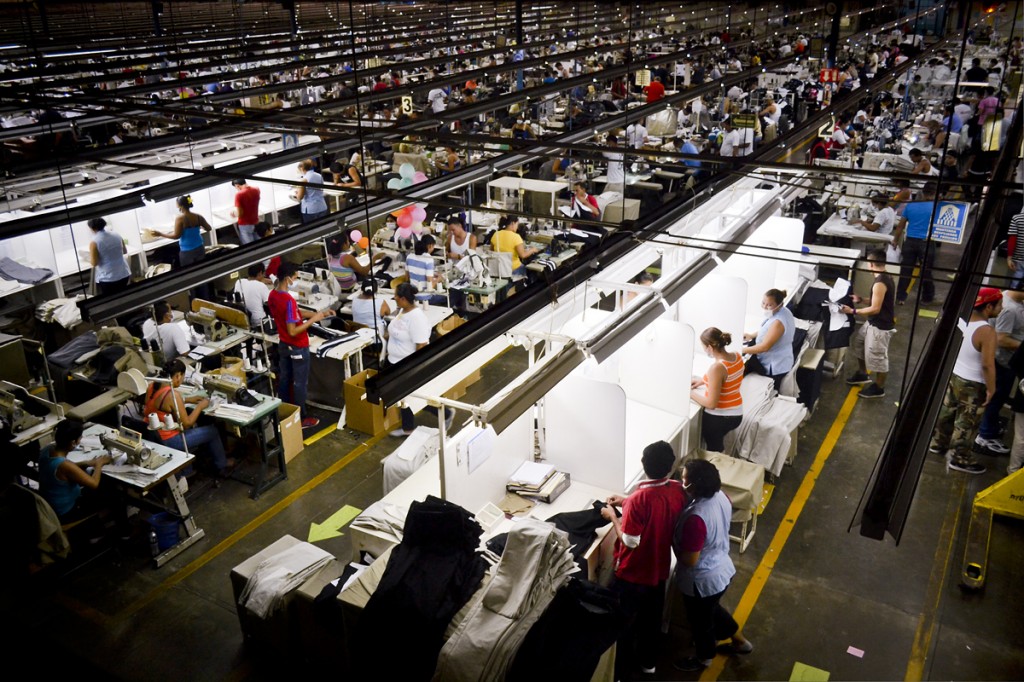
Free Zones are industrial areas profiting from an special labor regulation that turns them into paradises of cheap labor force, something very interesting to foreign investors. They were an idea of the first liberal government, whose President was Violeta Chamorro, who aimed to attract international investment and make Nicaragua’s war economy become productive and export-focused. Indeed, all the products manufactured in these kinds of areas are dedicated to exportation. In this moment, 100 000 people work there, 65 percent of them in textile industries. With the empowerment of the Front, worker’s conditions have not improved, changing only the dominant discourse. What once was seen by liberals as “a source of wealth”, is now understood by the Front as source of employment for the people.
When asked about syndical protection, these women begin to laugh and answer that Nicaraguan syndicates are “white”, that is to say, they are branches of government, including the National Workers’ Front, the biggest one in the country. Previsionist clinics – medical insurances- and managers of the National Corporation of the Free Zone- the factory we are visiting- are Sandinistas too. Our guide does not want to talk about politics, but she confirms our suspicious about government’s interests by showing us a sky jacket ready to be sold in the United States, 150. Her fingernails are painted in black and red, the emblematic colors of the Sandinista National Liberation Front.
Thanks to the investigation of María Elena Cuadra Feminist Movement, we discover that in some tobacco factories women are subjected to forced pregnancy tests. Following a feminist approach, the Movement supervises education and training processes for women who need them. In words of Martha Sandino, the director of the Movement in the city of Estelí: “In one hand, we inform women about their rights as workers of these factories, because many of them ignore them. On the other hand, we organized workshops on topics like gender and self esteem”. After years of work, many women have become promoters of the Movement in their workplaces, so somehow they are some sort of syndical supervisors. In Nicaragua, Syndicates are associated with feminism. It must be like that, she says, in a country where gender determines people’s professional future. And women always lose, of course. “If this were not so, what point there would be in such a division?” ask Sandino.
Her words are not merely rhetoric. In Pueblo Nuevo, a rural area close to Estelí, coffee and farming belong to men but, unfortunately, they are no other things to do. So women must fight against these established conventions cross the limits of house working and informal farm work, -what we could call mere survival-.
That is why Isabel sees feminism as a way to execute concrete material realities, and not just a group of abstract values. Ten years ago, she could not read, and “with you in my house, I would have let a man speak”. Now, she uses a rigorously equalitarian rhetoric to act as the spokeswoman of a women’s cooperative, Las Diosas (the Goddesses). They produce organic coffee, beans and Jamaica flowers they sell then to Fair Trade with a gourmet label. This cooperative pays workers’ salaries and hers daughter’s universities courses, but its most important achievement is these women have encouraged the rural population of Pueblo Nuevo, where many other initiatives of the same kind are flourishing.
When we congratulate her on her work, Isabel prefers sharing her success with the rest of the organizations that have backed the project: Fundación Entre Mujeres, Veterinarians Without Borders, Paz con Dignidad ans the Basque Government. For her, “everything happening here is a consequence of women’s empowerment; I only did my little part”.
The ruined utopia
In Nicaragua, feminism is an urgent cause. Sofía Montenegro, director of the Communications Research Center, explains the political importance the movement has in the Republic. “Feminists are one of the most attacked collectives since 2007”, she declares.
The other, she says, are the journalists, a job she performs atConfidencial, one of the rare non-aligned media in Nicaragua. President Ortega has many sons, and some of them, like Rafael, Juan Carlos, Daniel Edmundo and Maurice are already the directors of most ofthe television channels and radio stations of the country. The rest of the media are owned by the Mexican magnate Ángel González, or have disappeared because of the high advertising prices, artificially raised thanks to González’s oligopoly. Only few media have managed to survive “the organized dismantling of the critical press”, in Montenegro’s words, and fewer have access to the only available financial relief: public advertising contracting. This one usually ends in Front’s newspapers, televisions and radio stations, contributing to the official jingoistic message, strikingly summarized by Montenegro as: “They aim to talk about a country that does not really exist”.
With her, we talk about our impressions before leaving the country. We finally get the courage to make the question we haven’t dared to ask during our stay in this country, which is suffering from an obvious and accelerated setback in the democratization process: who is going to bell the cat? Sofía is not afraid of answering it, and tells us that it is impossible. For her, the solution can only be democratic, and she rather prefers to see the Sandinista dream fade -the “true Sandinista dream” she points out- than taking up arms again. She already fought for the utopia, and with her, a whole Nicaraguan generation that is now walking through its ruins. “I do not want my children to do what I did, the revolution was already carried out and it ended like this”, she said. “I would rather grab my bags and leave”.
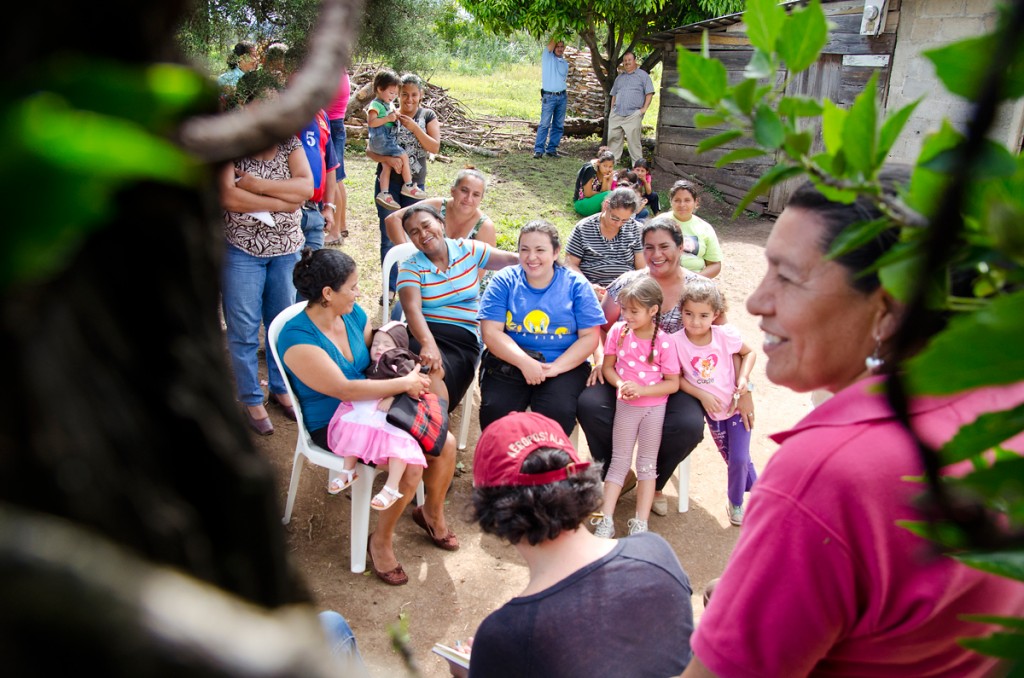
The article was translated by Carolina Camarmo.
Full gallery of pictures here.




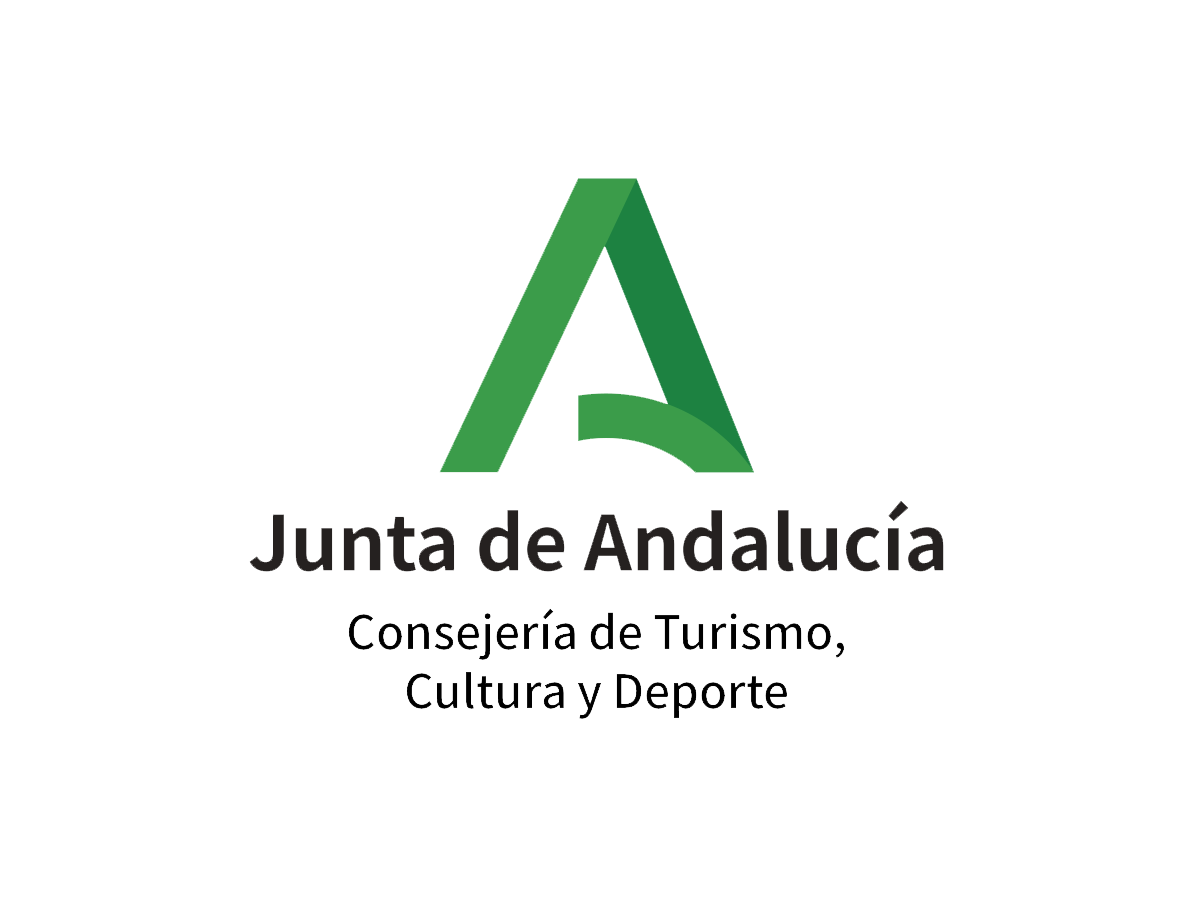
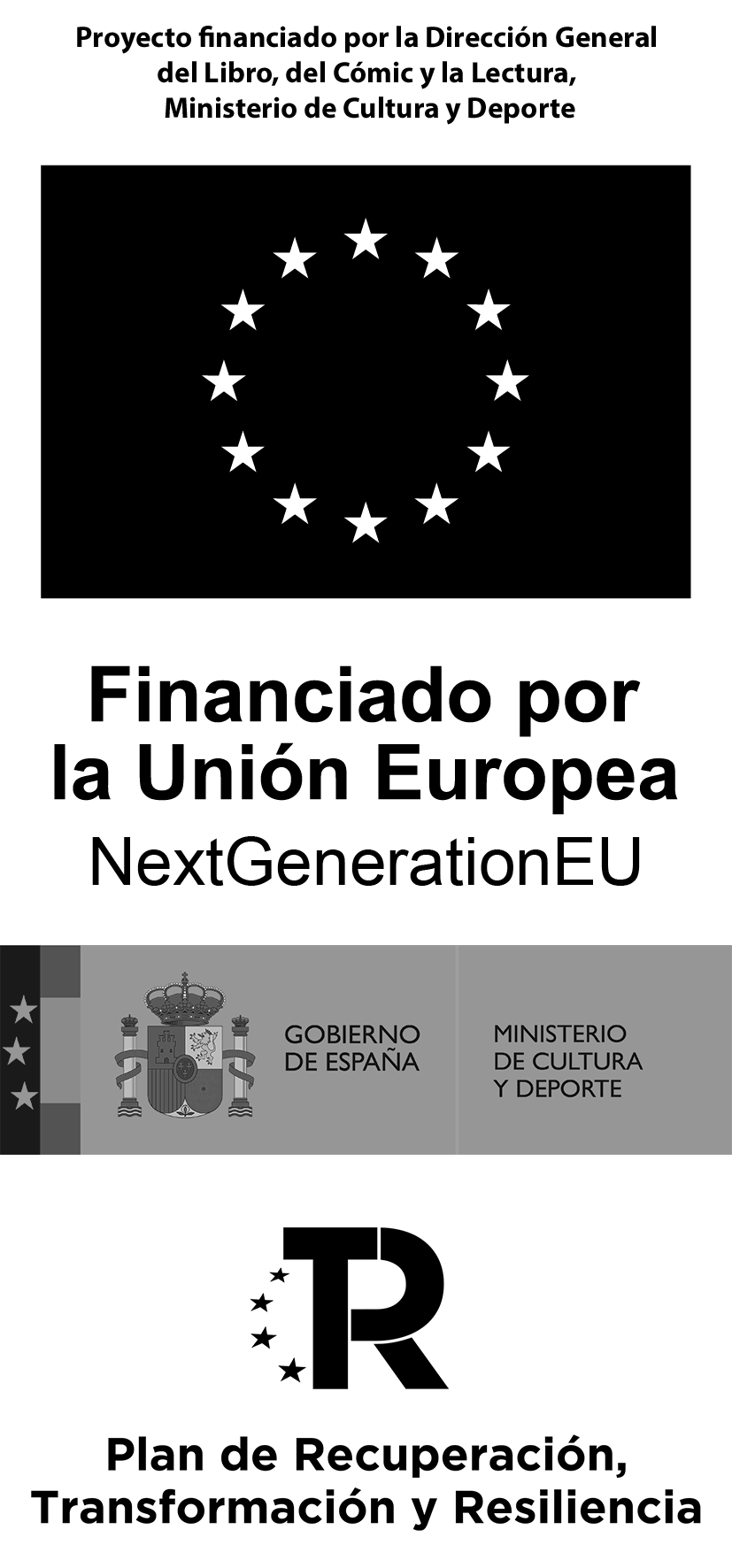





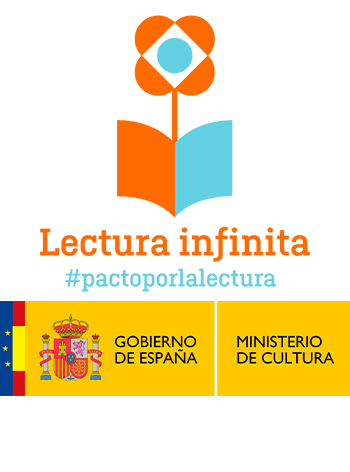
Pingback: Nicaragua, la utopía en ruinas
Pingback: Nicaragua, the ruined utopia | Idler on a hammock